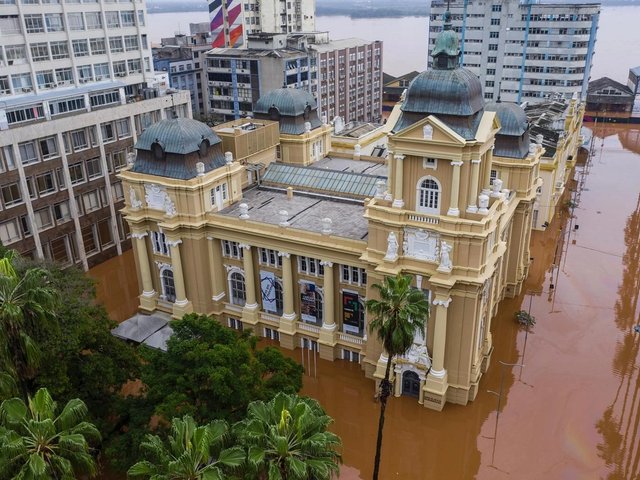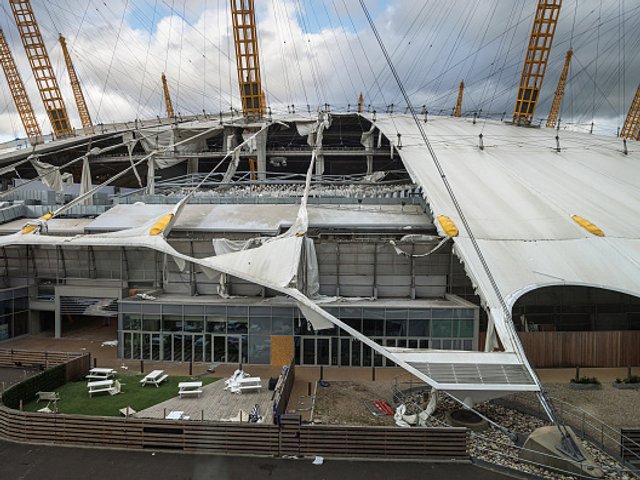The Museum of Making in Derby, UK, has suffered significant damage after rains from Storm Babet burst the banks of the River Derwent on 20 October, leading to 70cm water flooding the building's ground floor. Housed in the former Derby Silk Mill, a UNESCO heritage site regarded as the world’s first modern factory, the museum has launched a fundraising campaign to help cover some of the clean up costs.
Executive director Tony Butler says: “It’s not lost on me that this is where the industrial revolution was born and now we are bearing the brunt of climate change.”
The storm has swept the UK, and at least seven people are known to have been killed in England and Scotland, according to the latest figures published by the BBC. It has also caused significant damage to homes and infrastructure.
The Museum of Making, which comprises objects and archives telling the story of Derby’s industrial heritage, was reopened in 2021 following an £18m redevelopment. That work included some flood adaptation measures including having most of the exhibits on the upper floors, which has saved them from the floodwater.
“The collections are secure on the upper floors, but on the ground floor there’s quite a bit of damage to equipment, mainly to the lifts, the kitchen and the workshop where visitors come and try their hand using some industrial machines,” Butler says.
A couple of large exhibits were also on the ground floor, however Butler is confident that large portions of the museum’s collection are hardier than most. “There was a very large and heavy ornamental chimney that was on display on the ground floor which has had some water damage,” he says. “But during its life it will have been exposed to the elements so it’s pretty hardy. As an industrial museum there’s a certain robustness to many of our items. It’s different to other collections where items are primarily made of paper or canvas.”
It is hoped that insurers will cover most of the damage, but the disruption to the museum in the run up to a busy Christmas period poses a significant threat to income. The Museum’s kitchens and catering makes it a popular venue for bookings.
Mr Butler says: “It’s a busy period with events so we’ll need to calculate what the financial damage will be. Opening back up to the public is one thing, but being able to function fully with income generating activities might be further down the road.”
Speaking to BBC Radio Derby, the museum’s director of operations, Alex Rock said: “Our funding position is in a really precarious state and we rely so heavily on our day to day work. The interruption to our business is likely to be very, very severe. We’re probably looking at tens of thousands of pounds worth of lost income as a result of this. It’s unprecedented.”
Scientists warn that heavy rainfall and flooding events are predicted to increase as a result of climate change. Hotter seas have more dynamic energy, leading to stronger storms. Warmer air also holds more water leading to higher rates of rainfall.
The museum already has an exhibition examining the role of Derby’s industrial past in contributing to the industrial revolution and its links to climate change. Next year it plans to host an exhibition titled A for Anthropocene, which will look at the proposed geological epoch where humans have begun to have a significant impact on the Earth’s global systems. Exhibit A may end up being the Derby Silk Mill itself.




